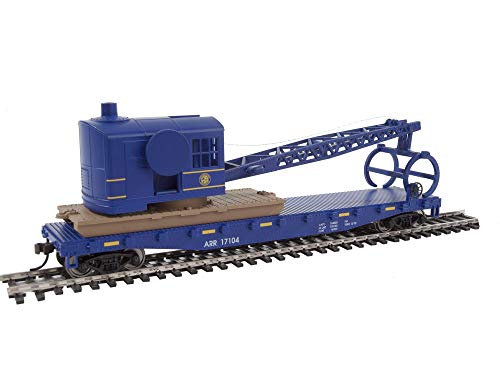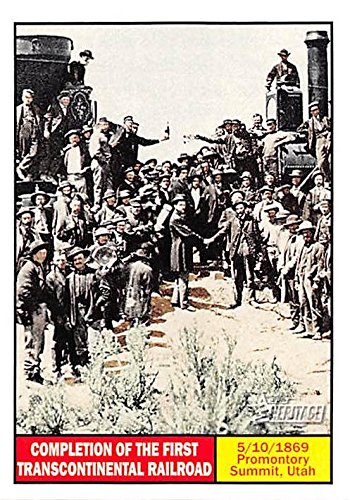KmH
Engineer
Do I have this right?
The engineer in the cab of the engine controls train speed, but dispatchers who are at fixed remote locations steer, or control what tracks the trains take.
The engineer and the dispatcher can talk to each other.
The engineer on an Amtrak train works for Amtrak. The dispatchers work for the railroads that own the track.
The Conductor is 'supreme commander' on the train and all train crew and OBS are responsible to the Conductor.
The engineer in the cab of the engine controls train speed, but dispatchers who are at fixed remote locations steer, or control what tracks the trains take.
The engineer and the dispatcher can talk to each other.
The engineer on an Amtrak train works for Amtrak. The dispatchers work for the railroads that own the track.
The Conductor is 'supreme commander' on the train and all train crew and OBS are responsible to the Conductor.





















































